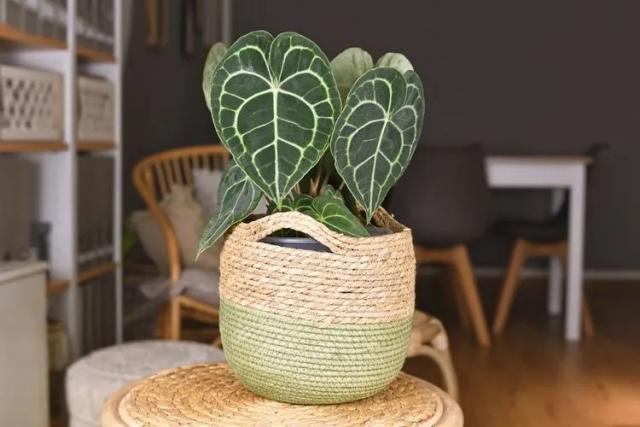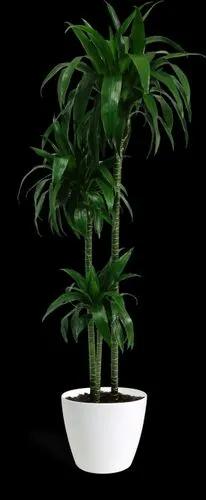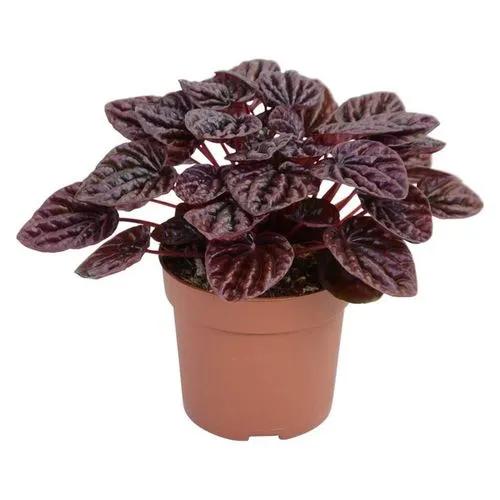Maranta is a marvelous tropical greenie that strikes plant lovers with its colorful foliage. The leaves fold up at night before opening again with the first beams of sunlight – hence the nickname “Prayer Plant.” Marantas are sometimes confused with Calatheas, their relatives. Though both are called Prayer Plants, Marantas look different and have distinct needs.
Prayer Plant Care
Maranta leuconeura
Other names: Prayer Plant, Maranta Lemon, Rabbit's Foot, Praying Hands



Brazilian natives, Marantas are easy to recognize. Their oval, variegated leaves with yellow splotches along the midrib and arching red veins resemble a complex painting. The undersides of the leaves are often dark red.
In their native habitat, Marantas grow under the canopy of tropical rainforest. Humidity, warmth, and scattered light make these queens shine. When kept indoors, Marantas grow slowly but can eventually reach 1ft (30 cm) in height.
How to Care for the Plant

Water

Irrigate the Prayer plant regularly with lukewarm water. Keep the top layer of the soil consistently moist but not soggy. Prayer plants don’t tolerate drought, but they’re not into drowning, either.

Pruning

Pruning is generally not needed. If you want to create a bushier look, clip the leaves just above the leaf node to boost new outward growth.

Fertilizer

Fertilize with a water-soluble fertilizer diluted to half strength once every two weeks throughout the growing season (late spring to early fall). Reduce to once a month in winter. The plant’s growth will slow down if you don’t fertilize it enough. On the other hand, if you overfertilize, you may burn the plant’s roots. Be careful!

Sunlight

Place your green pet next to an east-facing window. Remember, exposure to direct sun rays might result in burns. These plants are quite tolerant of partial shade but don’t let them stay in full darkness. In winter, always make sure they receive enough light.

Soil

Prayer plants feel well in a regular potting mix as long as it’s well-draining and acidic (pH 6.0). You can put rocks or gravel on the bottom of the pot to improve drainage.

Propagation

You can easily propagate the Prayer plant by division while repotting.
- Gently take the plant out of the soil.
- Shake the soil off and carefully divide the roots into several small plants
- Make sure that each new plant has a solid amount of roots and several stems.
- Plant them into shallow pots and keep them in a very warm and moist environment during the first weeks until they start growing.

Temperature

These plants grow well in average room temperatures of 60-80°F (15-27°C). Prayer plants also love high humidity. Mist the plant regularly or place a humidifier nearby.

Container

You can grow Maranta in any container if it has good drainage. They will look fantastic in a hanging pot that lets their spreading stems dangle.

Fun fact

Marantas are named after Bartolomeo Maranta, an Italian physician and botanist of the 16th century.

Popularity

90,723 people already have this plant 11,431 people have added this plant to their wishlists
Discover more plants with the list below
Related articles






